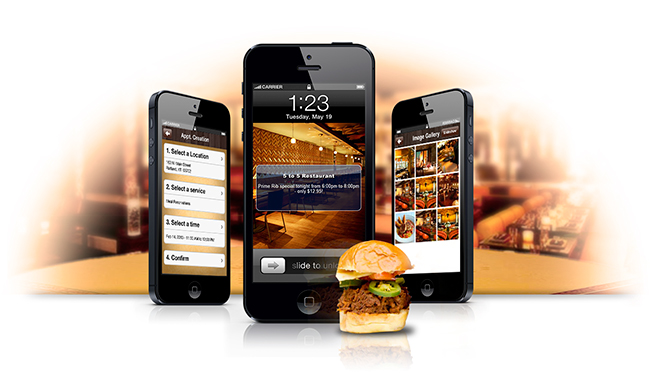
1 9
By using Uber Eats, anyone can order their favorite meals from nearby restaurants without any hassle. Similar to launching a brand new product, creating a reliable food delivery network need tailored services and comes with several challenges. This app cannot make its preferred route nor have a conversation with the driver. The team developed UberEats and makes it successful by using the existing technology.
Creating a Dashboard for the Restaurants
The restaurants require a subtle way to get in touch easily with the customers and delivery-partners as well. There are a few steps to make it work successfully which include the customer placing an order, the driver accepting the order, quick arrival of the delivery partner, and completing the customer’s order. In this way, the restaurant dashboard was created.
Determining React Native
It is too early to call React Native framework the best element in the mobile app industry it fits perfectly with the Uber Eats case. The initial incarnation of the Restaurant Dashboard was created for the web and the development team had abundant experience using the React Native framework. There was adequate knowledge regarding the functionality of the restaurant components. The reason the team used React Native that offers a wide platform when it comes to mobile development. The biggest challenge is to create multi-platform support. To make React Native a better option, it was essential that it works effectively with the current mobile infrastructure. The team developed an amazing demo application crafted towards verifying the basic features.
Creating a Migration Path
The team focused on creating the least amount of scaffolding to make the restaurant dashboard app up and running. To accomplish the task, the team first developed an authentication system and a native application to the current website view. Extra hooks were inserted to the window that allows the team to quickly update the Restaurant Dashboard’s flux store. When it comes to functionalities related to migration, it allows extreme flexibility. The team also effectively disabled sleep mode which usually required a single code but was unable to accomplish from the web. The remaining application can be easily migrated to React Native and make the migration a major part of the broader features.
Pushing the Updates Automatically
By bootstrapping a significant amount of Java Code, the React Native applications loaded the JavaScript bundle. The Uber Eats application can be quickly updated using a wide array of JavaScript file which is considered an easy process. At the native layer, Uber Eats application can make changes in the file by using the React Native Bridge and request that it should be reloaded. When it comes to updates, the team decided to take a step ahead and develop a native wrapper around the bridge. In this way, the JavaScript can bundle on its own to evaluate the type of bundle that is loaded.



